Winches are motorized pulley systems that can be installed on the front or back of a vehicle. A system of gears rotates a large drum of wire or rope, leveraging tension to move large objects such as ATVs or damaged vehicles. Oftentimes they are installed on the back of trucks, but how do you install a winch onto the back of a truck?
To install a winch on the back of a truck, drill a mounting plate perpendicular to the centerline of the vehicle. Using the bolt configuration most compatible with the vehicle model, drill the winch into the mounting plate. Finally, power the winch by connecting its wiring to the car battery.
Of course, the process is far more detailed than three simple steps, and configurations often vary from one truck to another depending on weight capacity. Read on to learn more about where and how to mount a winch, as well as important factors to take into consideration throughout the process.
First, it is important to know the different advantages of front-mounted and rear-mounted winches. Front-mounted winches are helpful when pulling or retrieving heavy equipment from precarious locations, such as hauling another vehicle out of trouble or moving large objects that obstruct roadways.
Typically installed just below the rig, a front winch offers the benefits of easy access and easy maintenance. A front mount allows the driver to see what is going on throughout the process and to easily intervene should the cable tangle.
A rear-mounted winch allows for reversed leverage, which is helpful when pulling equipment into or onto the bed of a truck.
It can also help drivers avoid being in potentially dangerous positions, as a front-mounted winch might make it more difficult to retrieve a heavy or damaged vehicle without the entire truck falling.
Rear-mounted winches are also better for self-recovery; when off-roading or exploring, it is easier to pull yourself out of tricky spots using the pull afforded by a rear mount.
Either way—front or back—it is important to install a winch bumper.
Since your truck is, in terms of stability, the anchor for a significant amount of weight and stress tension, a winch bumper could be the difference between an effective haul and a destroyed axle frame.
Winch bumpers are typically manufactured from heavy-duty steel, making them incredibly durable and safe to use. Designed to replace original bumpers, winch bumpers fit snugly against the front or back of the truck.
This helps keep appearances low-profile and protects the winch from accidentally getting bumped or damaged by other cars or equipment.
Properly installed, a winch on the back of a truck can be a lifesaver. Otherwise, poor back-end installation can pose significant risks and be dangerous for all those involved.
I found the best deals on Winches Here from 4WheelParts and also some good deals on Winches Here from Amazon
When installing a back winch, here are some important safety factors to keep in mind:


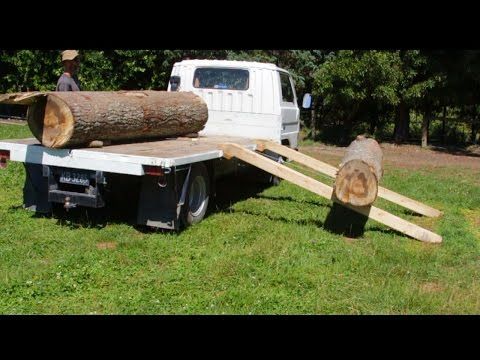
Having a winch on the front of your truck can be incredibly helpful, but having one installed directly in the bed of your truck allows you to load heavy items easier than ever before. It will maximize your truck’s overall potential while decreasing your overall workload.
Paying someone else to install the winch on your truck can get pricy, so it’s helpful to know how to install it independently. First, ensure your own safety and the safety of others by keeping the area around your truck clean. Eliminate any objects that might be in the way or that may get damaged; both can be hazardous.
Wear gloves to protect your hands and fingers from the heavy equipment and wear well-fitting clothing to avoid having fabric catch on any of the winch’s moving parts.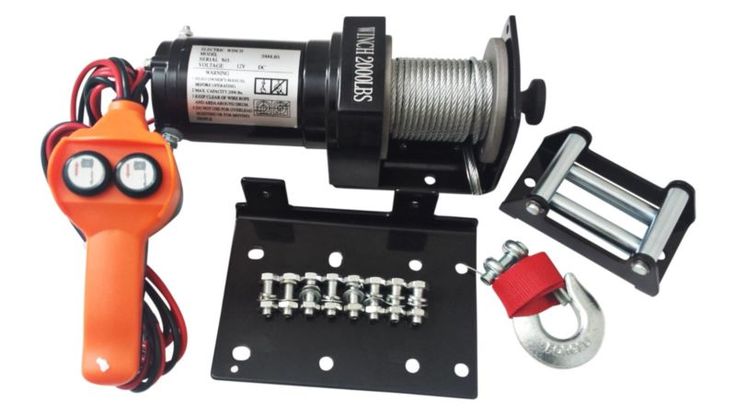 Gloves and secure clothing will help prevent any potential injuries.
Gloves and secure clothing will help prevent any potential injuries.
To install the mounting plate, place it at the desired location in your truck bed, aligning it perpendicular to the vehicle’s centerline. Mark the location by drilling holes corresponding to the winch base.
Place the mounting plate in place and bolt it securely into the marked base holes. (source) While drilling the holes and securing the bolts, it is important to ensure that no electrical wires are in the way or nearby, as electrical interference or damage to wiring could be particularly dangerous.
To secure the winch into the mounting plate, align it tightly with bolds. Use a steel mounting frame that suits the four mounting configurations:
In the Foot Down configuration, all four holes are at the bottom of the winch and face downward. In the Foot Forward configuration, all four holes are on the side and face forward.
In the Foot Down or Forward configuration, the winch can be mounted and secured in either of the first two ways. (source) In the Foot Forward AND Foot Down configuration, the winch must be secured both ways; it is designed with four bolts facing forward and two facing downward.
An alternative truck-bed installation using angle iron elevates and secures the winch to the truck bed’s inner frame. The following video describes this process in detail:
Next, you will electrically connect the winch. The gear casing and gear train on the winch convert power from the motor, allowing it to generate a pulling movement. Most modern winch models on the market are electric, though there are some exceptions. When mounting a winch on the front of your vehicle, you can power it directly with the car’s battery by following these steps:
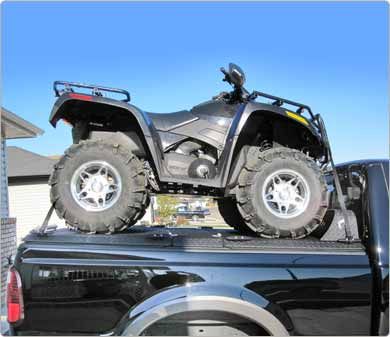
Most vehicles have an electrical wire that runs from the battery under the hood to the base of the rear bumper. (source) You’ll use this disconnect when electrically connecting a winch to the truck’s battery from the bed of a truck. Refer to your vehicle’s manual for details on locating the power disconnect location on your truck.
Before beginning to rear-mount a winch to your truck, remove both the original bumper and license plate. Next, you will need a winch modeled to maneuver the amount of weight for which you anticipate regularly using it.
I found the best deals on Winches Here from 4WheelParts and also some good deals on Winches Here from Amazon
Next, you’ll need a steel winch bumper suitable to match the model of your vehicle. 4WheelParts has a great selection of durable winch bumpers, which are reliable replacements for a sturdy bumper.
It will also be useful to have a container of spray-on truck bed liner, like these Spray Bed Liners on Amazon, to help the bumper blend in and remain durable.
With all of the necessary supplies on hand, begin by cutting two 1/4-inch steel extension brackets. The winch will hang between the frame rails and the spare tire hanger cross member. Use a mounting plate to mount the winch in the center of the bumper so that the control cable is easily accessible.
The control box on the Mile Marker winch (and most other models) is remotely wired, so you’ll need to plug it in at the rear battery disconnect, near the license plate.
Alternatively, run a battery cable inside the frame rail on the driver’s side of the vehicle to bring power directly from the battery under the hood to the control box of the winch.
Finally, mount the winch fairlead (a metal device used to manage the extraction and detraction of the winch cable).
You may need to create a hole in the bumper in order to bolt the fairlead above where the license plate is normally located. Replace the license plate—a flip-up plate holder attached to the fairlead may be the easiest approach—and the setup is complete.
As always, the steps to any vehicle upgrade process depend largely on the make and model of the vehicle, the materials and tools in use, and the brand of the selected product.
While these steps provide information that will help you get started on the winch installation process, be sure to research the specifications of both your vehicle and of available winch models prior to purchasing and installing one.
This will help you save time and money and ensure that the final setup accomplishes the desired processes.
When you are attaching a winch to your truck, make sure you follow the instructions that will be included. Before you start, make sure you have all of the required equipment. The last thing you want to happen is for you to be ready to attach the winch, but not have the correct tools to do the job.
The last thing you want to happen is for you to be ready to attach the winch, but not have the correct tools to do the job.
Sharing is caring!
JavaScript is disabled. For a better experience, please enable JavaScript in your browser before proceeding.
1 - 20 of 24 Posts
1 - 20 of 24 Posts
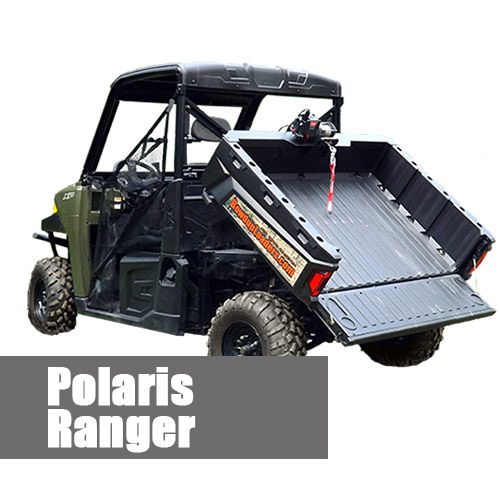 Please consider creating a new thread.
Please consider creating a new thread.Top
A winch is a must have for off-road riding. It allows you to pull a stuck ATV out of mud, water or deep ruts. Many models of CFMOTO ATVs and ATVs have a winch from the factory, for others it needs to be purchased separately. In this article, we will tell you how the winch works, what to look for when choosing, and also give useful tips on how to use it.
ATV winch is a drum with a cable. An electric motor is located on one side of the drum, and a gearbox on the other. Rotation from the electric motor to the gearbox transmits a shaft that passes inside the drum. The gears of the planetary mechanism are located in the gearbox.
Reducer reduces speed and increases traction. The rotation from the gearbox is transmitted to the drum, which winds the cable, creating traction and gradually pulling out the stuck equipment.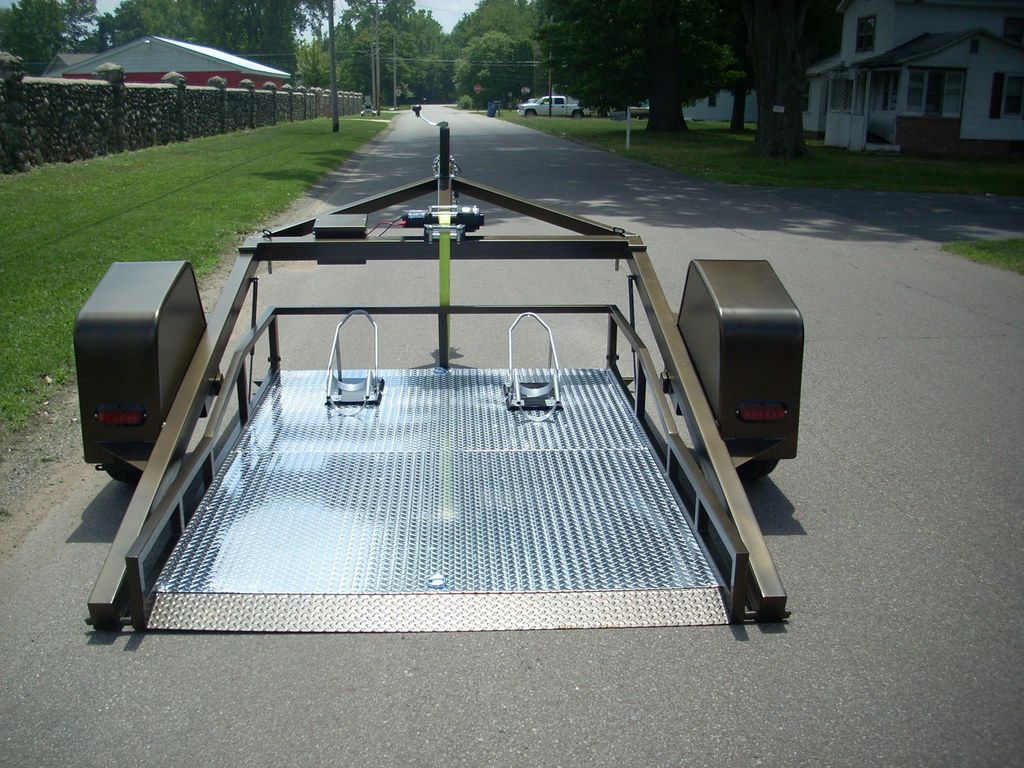
One of the key parameters to consider when choosing a winch is traction. It determines the maximum weight of the load that can be torn off the surface. With each skein of the drum, the winch force decreases.
Thrust is measured in pounds (labeled on winches as lbs), 1 lb = 0.45 kg. The force depends on a number of features: the diameter of the drum, the number of wound turns, the power of the electric motor, as well as the gear ratio of the gearbox.
It is not always necessary to choose the most powerful and fastest winch: the more powerful the mechanism, the more difficult it is to handle. Beginners can harm equipment and even their health - it is not uncommon for a broken cable or a broken hook to cause injury.
Matches the cubic capacity of the ATV:
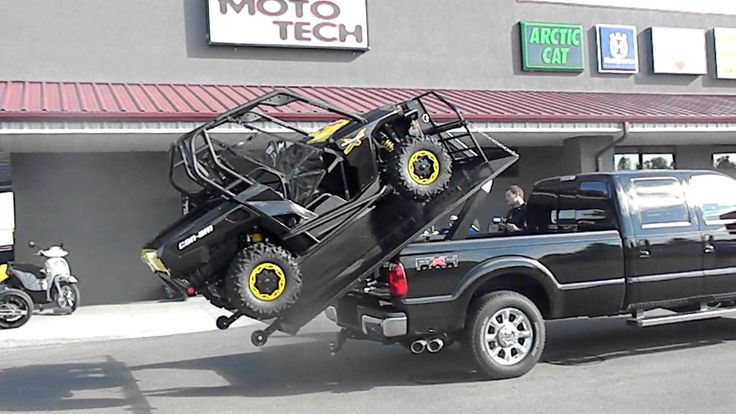
Steel - cheap and easy. Requires work with gloves, not repairable. May cause injury if mishandled.
Synthetic - requires maintenance but is easy to use. It does not "shoot", and if the cable is damaged or torn, it can be braided on the spot.
Most experts believe that material choice should be based on personal preference: some riders lean towards steel over time, others towards synthetics.
The winch is installed on a special platform on the ATV frame. If there is no platform, you need to buy it and install it according to the instructions. The site has standard anchor points that fit classic winches up to 3,500 feet of pull.
When choosing a winch, pay attention to the width of the drum:
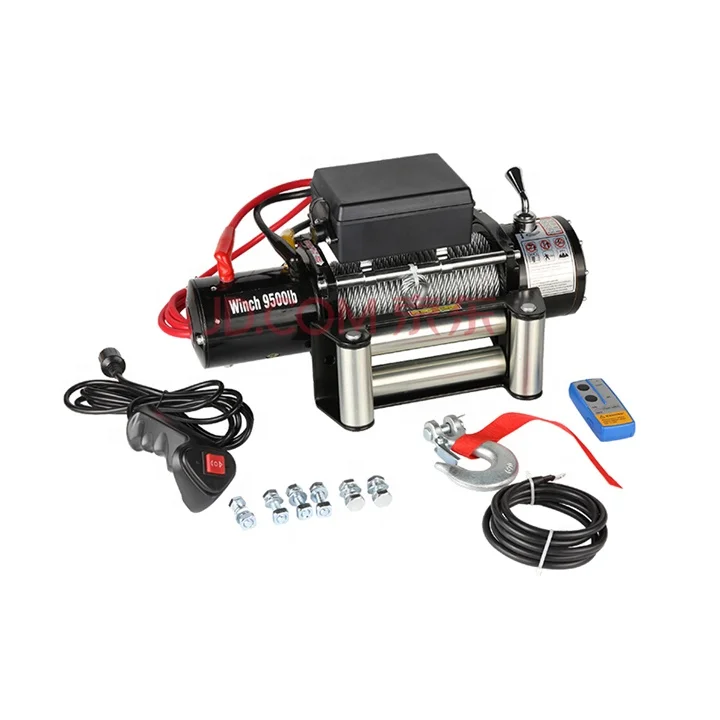
With certain skills, you can modify the fasteners and install almost any winch - the main thing is not to make the fasteners “to break” and not to strengthen weak points. If the ATV is under warranty, it is advisable not to touch the frame and buy a standard winch.
Installing the winch is easy, but the connection will have to be tricky. To lay the wiring, it is advisable to remove the plastic from the ATV. The winch must be connected to the control unit and battery. It is recommended to keep the power cable as short as possible to avoid current loss. All wires must be hidden in the corrugation so that they do not come into contact with the frame and are protected from moisture.
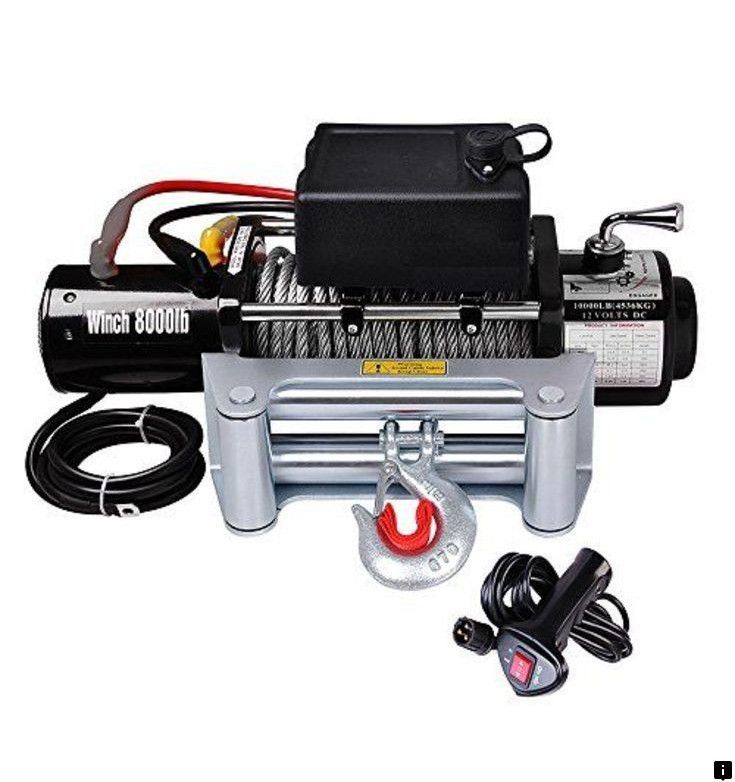
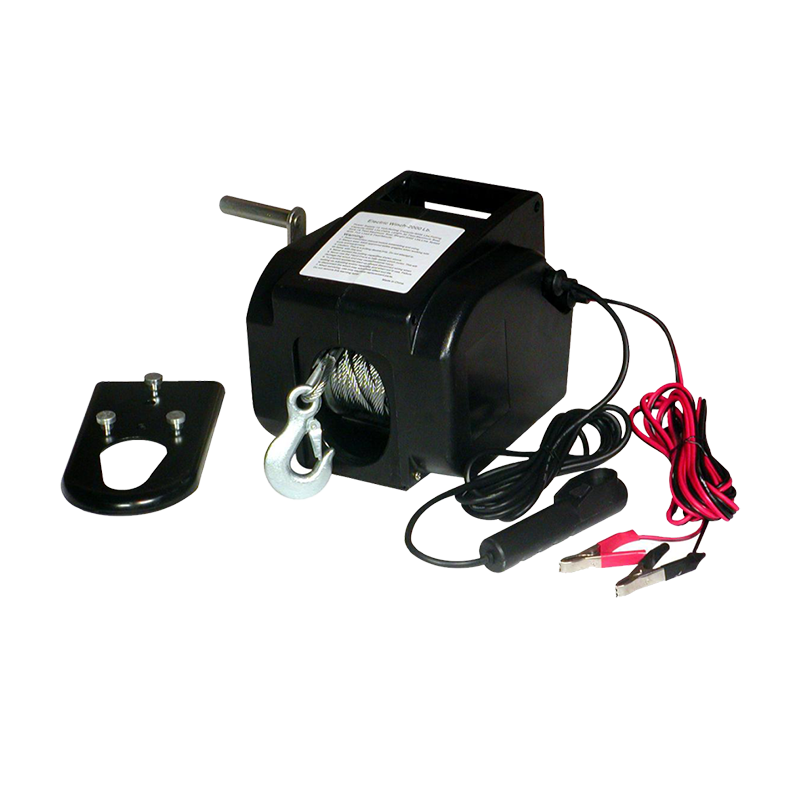
If you have any questions or would like further advice on purchasing, installing, operating and maintaining an ATV or ATV winch, please contact your nearest authorized CFMOTO dealer.
Dealers CFMOTO
One of the secrets of GlobalTransSystem's success is its vast experience in delivering various cargoes. Over the years, our logisticians and drivers have completed thousands of projects of varying complexity:
And this is not a complete list of transport tasks we have solved!
As for our full-time drivers, operators and logistics specialists, each employee of our company has the necessary skills, experience and personal qualities that allow us to correctly solve the problem of cargo transportation set by the client.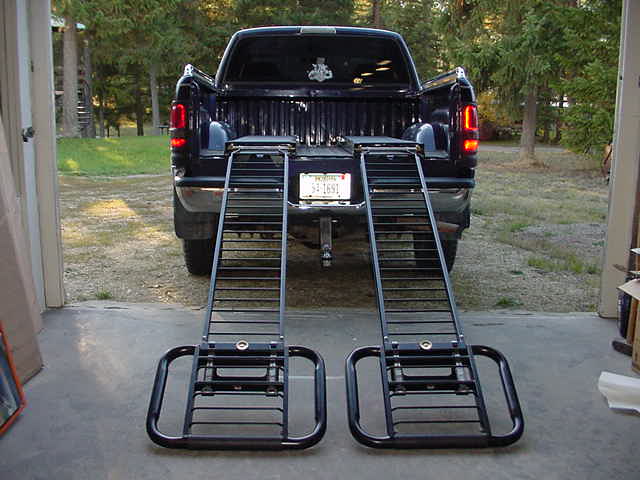
Rented cars and faulty equipment - this is unacceptable with us! We have our own fleet of trucks, thanks to which we can ensure the reliability of work and avoid equipment breakdowns on the way. In addition, our own fleet of vehicles allows us to offer favorable rates for the delivery of ATVs and other cargo.
At the moment our fleet includes the following types of trucks:0034
The balanced composition of the fleet, combined with the high reliability of our equipment, is a guarantee of solving even the most difficult task of transporting goods!
High safety of transportation is determined, first of all, by the reliability of fastening in the car body. Unqualified carriers in most cases are negligent about this issue. “It won't go anywhere” - this simple phrase replaces the work of fixing and protecting the ATV from damage.
Unqualified carriers in most cases are negligent about this issue. “It won't go anywhere” - this simple phrase replaces the work of fixing and protecting the ATV from damage.
Our employees act differently. Before transporting the ATV, the specialists of the GlobalTransSystem company securely fix the equipment with the help of soft durable belts and other special devices. In addition, motor vehicles are placed “on the handbrake”, which additionally protects your ATV from moving inside the truck body during transportation.
The same approach is used when loading the ATV into the back of a car. In this case, its lifting or lowering is performed by an experienced operator, using special belts. Thanks to this approach, it is possible to avoid scratches, breaks and other damage to the ATV structure.
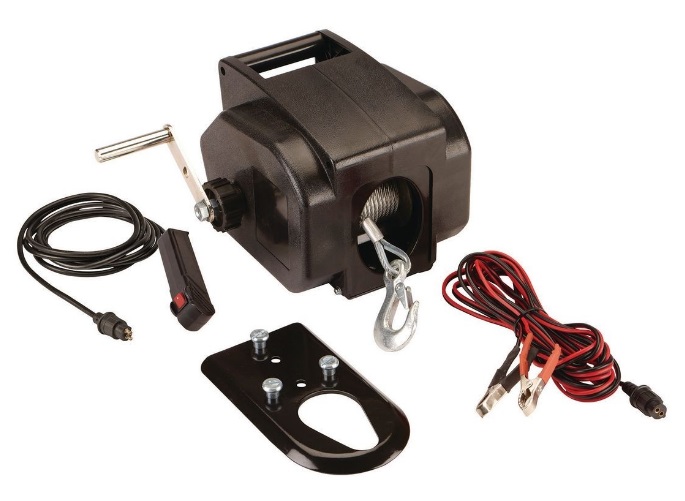 All necessary permits have been issued.
All necessary permits have been issued. Depending on the specific tasks and needs of our customers, ATV transportation can be carried out by vehicles of various types and carrying capacities.
Below is a brief description of the transportation options offered by GlobalTransSystem.
The compact Crane Truck is the most suitable transport for moving motorcycles of any kind and size. The presence of a crane-manipulator installation allows you to quickly load an ATV into the body without resorting to the help of a client. Also, when ordering a manipulator, it becomes possible to transport any motorized transport with damage that does not allow it to be loaded “on its own”. Manipulator services are usually ordered by individuals or companies who want to transport ATVs for repair or for winter storage.
Transportation of ATVs in Moscow often scares away customers with its price.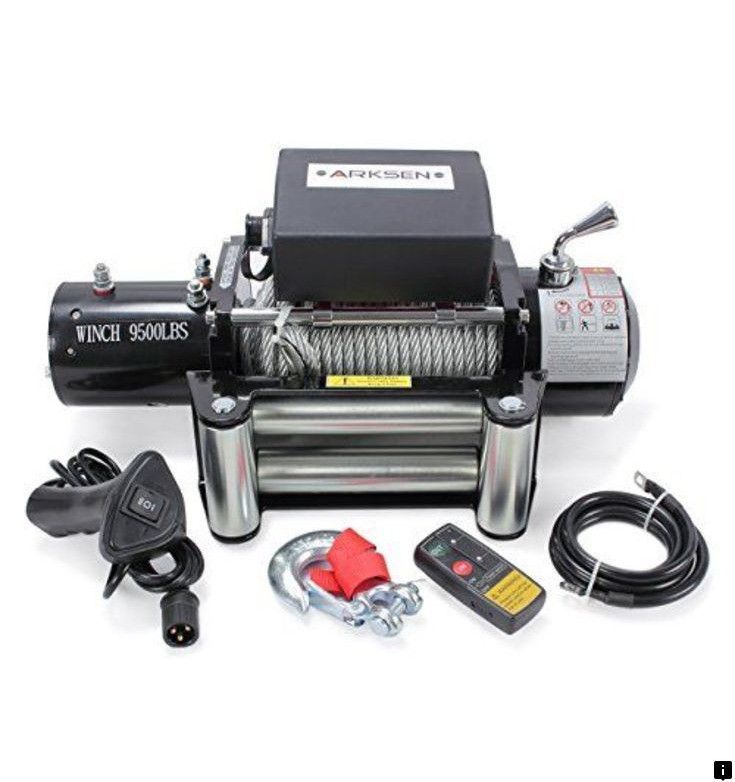 Indeed, the cost of services of some companies can hardly be called democratic. For clients on a tighter budget who want to deliver one or more ATVs, we offer a special transportation option that uses flatbed trucks. The use of such machines is much cheaper than the services of a motor tow truck or a manipulator. The only “minus” of such an offer is that the client independently loads the equipment into the body, and also organizes unloading work at the final delivery point.
Indeed, the cost of services of some companies can hardly be called democratic. For clients on a tighter budget who want to deliver one or more ATVs, we offer a special transportation option that uses flatbed trucks. The use of such machines is much cheaper than the services of a motor tow truck or a manipulator. The only “minus” of such an offer is that the client independently loads the equipment into the body, and also organizes unloading work at the final delivery point.
Spacious long-length semi-trailer can easily accommodate 10-12 units of this equipment. Thus, a long vehicle is the best option for moving a large number of ATVs at the same time. Ideal for corporate clients and motorcycle dealerships.
We need the following data to select the best transport and service:
